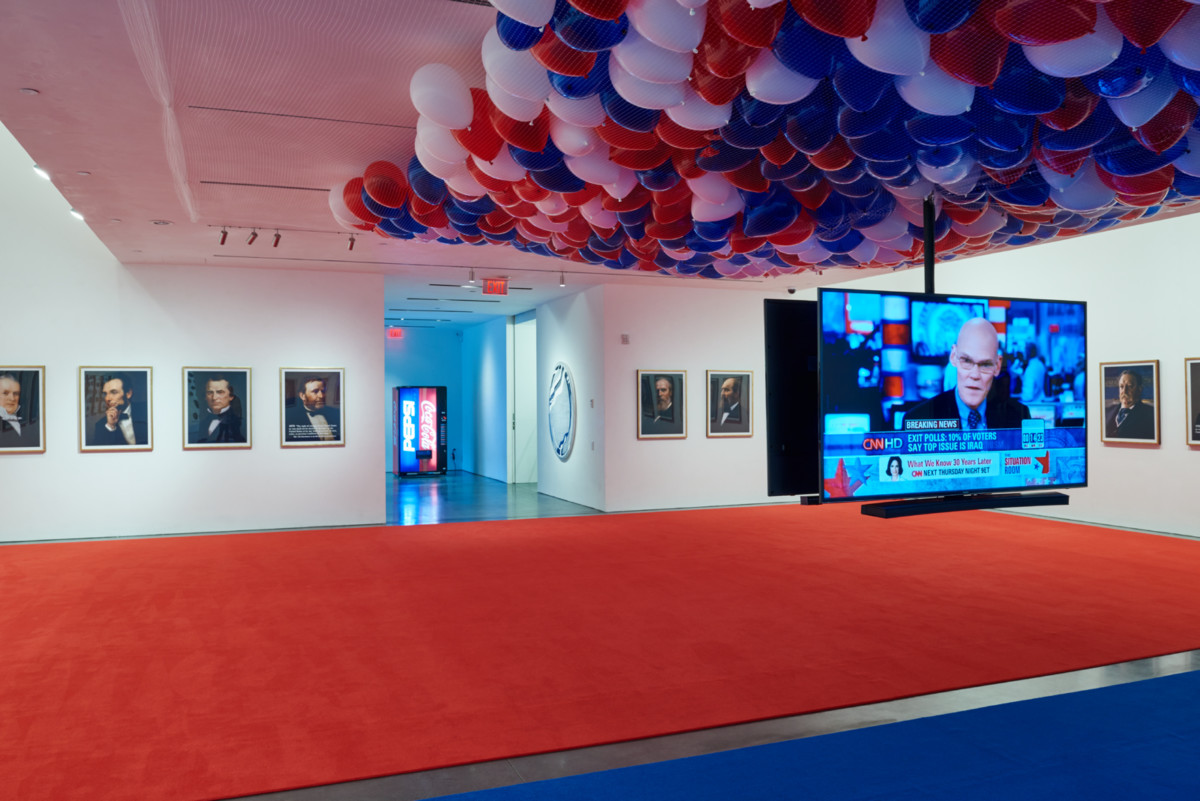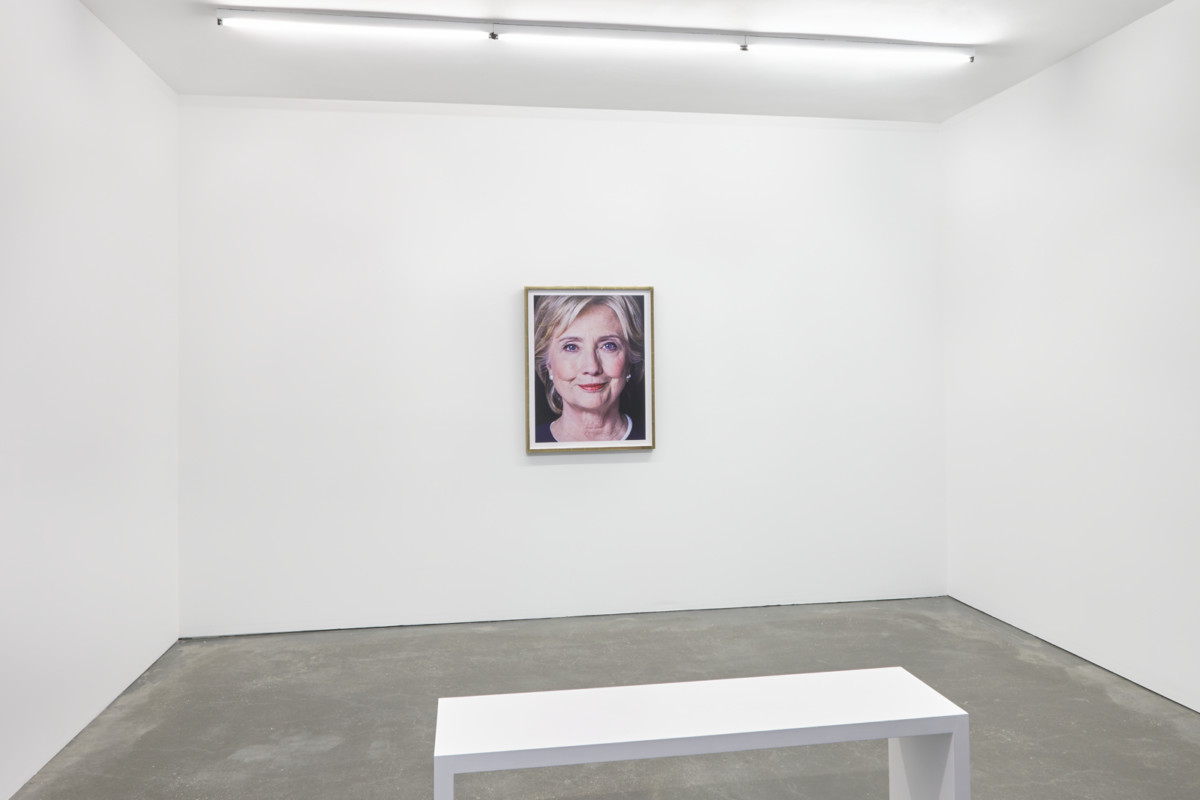As those who read (or watch, or listen to) the news are probably aware, our politics is now filtered largely through the lens of data—polling and analysis thereof. A trained social scientist, familiar with regression analyses, this struck me for a long time as a happy change of pace. But it has amplified an unfortunate impulse, foregrounding our preference for the politics of things and obscuring the unsexy, bespectacled governance that ostensibly should follow. That we concern ourselves mostly with the horse race, the media cycle, the campaign shakeup, is understandable, but it’s dangerous, too, and digressive. Convince yourself your side’s about to win and get a little thrill. It’s a dopamine trigger not unlike a buzzer-beater or last-second field goal, when everyone’s on their feet—the belongingness of a team and the righteousness of combat.
The result, in terms of civics, is evident enough. Stephen Bannon’s running the campaign, Donald Trump’s the candidate, and Sean Hannity’s advising—the full vertical integration of yellow journalism. What a time to be alive. (Remember the scene in Back to the Future when Doc Brown asks Marty who the president is in 1985, only to hear it’s Reagan: “The actor? Who’s Vice President? Jerry Lewis?” The inevitable remake almost writes itself.) Neither has this helped much in the world of art, which was already overrun with the reductive, boring, predictable, smug, or flatly stupid. The choir’s ears must ache from the weight of all those preachers preaching.
Tom Powel Imaging, Inc. Courtesy The Brant Foundation, Greenwich, CT.
Jonathan Horowitz, whose show, “Occupy Greenwich,” is at the Brant Foundation through October (by appointment only), politely sidesteps that tendency. “I don’t like to claim too much for what I’m doing as an artist—I’m not really making work with the main goal of advocacy for political change,” he says. “I just have strong political convictions, and how I see the world is reflected in my work. I think that making art isn’t necessarily the best way to achieve political change.” It would seem like a bit of a dodge were it not for his evident conviction. It is, in either case, a nice change of pace, less concerned with preaching than description, though the latter has a politics all its own.
Horowitz’s interest in politics started young. Growing up gay in the 1970s, he moved to New York as a teenager. “That was at the start of the AIDS epidemic, and so the politics surrounding AIDS was very formative for me. I was involved in ACT UP. So I guess on a personal level those are the things that made me think a lot about political reality.” That early thread continues to today, evidenced at Brant in works like Pink Curve (2010) and Crucifix for Two (2010). And while much of the show echoes the concerns that have occupied Horowitz throughout his career, gay rights, veganism, pop culture, an intertextual playfulness with the aesthetic predispositions of predecessors and contemporaries, all but a couple were produced between the election of Barack Obama in 2008 and now.
“I thought it would be interesting to try to describe the population that will be passing through the space,” he said. “I probably wouldn’t have done that in a gallery in Chelsea.”
There’s Go Vegan! (2002/2010), a collection of two hundred portraits of (probably) vegan celebrities printed off the internet, lining a staircase. Upstairs, there’s the video installation Apocalypto Now (2009), a documentary on disaster movies that’s got bits of other movies, The Passion of the Christ, Mad Max, etc. cut up into it. It’s “about the Christian apocalypse and climate change and terrorism,” Horowitz tells me, “about catastrophe as entertainment and as reality, fear that’s both imagined and real.” Fitting enough for the amount of Mel Gibson in it. “I don’t really empathize with him. Maybe just his loss of control. I always find characters like that compelling.” It’s control that another large installation in the show speaks to, Contribution Cubes (2016)—a series of clear plastic boxes with slots in the top for visitors to put donations in, each marked with the logo of an advocacy organization. There’s AIPAC and ALEC, Catholic Charities USA, Greenpeace, the NRA, Black Lives Matter, La Raza, Planned Parenthood. It’s an installation he’s put together before, though, in the past, he included only organizations he supports. As you may have guessed, this isn’t the case at Brant. “I thought it would be interesting to try to describe the population that will be passing through the space,” he said. “I probably wouldn’t have done that in a gallery in Chelsea.”
But it is election day, in the form of the eponymous installation November 4, 2008 (2008), that’s at the heart of “Occupy Greenwich.” Originally staged live that day, it takes up a large room. In the center are two flat-screens, back-to-back, one playing Fox News and one CNN, a real-time loop of both networks’ election-day coverage. Along the walls are the portraits of all the presidents, Washington through the younger Bush, Obama’s sitting against the wall in preparation to be hung. Interspersed among them are the texts of the Tenth and Fifteenth Amendments, and the Voting Rights Act of 1965. Red, white, and blue balloons fill a net on the ceiling above.
The juxtaposition of Fox News and CNN may be worthy of an eye roll, the condescension of a too-easy joke, but the experience of watching them is something else entirely. Everybody’s a little younger, a little more excited. There’s the minor joy of noticing the clothes, the logos, the commercials, all dated and familiar. Brit Hume looks more or less the same. Fox called the race for Obama at 10:00 pm, Central time, when polls in California closed. CNN too. They both cut, simultaneously, to the same shot, a pool camera on a boom at the rally in Chicago. Someone’s waving a full-size flag on an incredibly long-seeming pole right in the middle of the frame. I’d forgotten how massive the crowd is. It’s worth noting, also, that CNN hasn’t changed their “pay attention, we’re announcing something” background music in at least eight years.
Knowledge of the ending takes the game out of it all, mutes that belligerent pleasure center the polls massage so well.
This scene is restaged at Brant more or less as Horowitz had done it in 2008, thought then the screens were live. In the intervening years a lot has changed, and some things haven’t. The Voting Rights Act hangs on the wall, but contains one more section than it has today. Ask the right people and they’ll tell you Obama was never really president, legally, being born in Kenya, so on the floor he stays. There’s a portrait of Hillary Clinton in the next room, waiting. And another upstairs, a statue, after an old ‘70s children’s toy. It’s titled Hillary Clinton is a Person Too (2008). So you can take all this as you will. Nostalgic and pleasant on the one hand, something very different on the other.
Me, I thought of Edward R. Murrow. That sounds a little sanctimonious, and maybe it is. Knowledge of the ending takes the game out of it all, mutes that belligerent pleasure center the polls massage so well. So what was I watching, absent that? Beyond the warm familiarity of well-remembered pasts and the high-horse indignation that comes with hindsight? I don’t really know. Wires in a box. Or maybe money.
Jonathan Horowitz: Occupy Greenwich is at the Brant Foundation Art Study Center, 941 North Street, Greenwich, CT through October, by appointment only.




